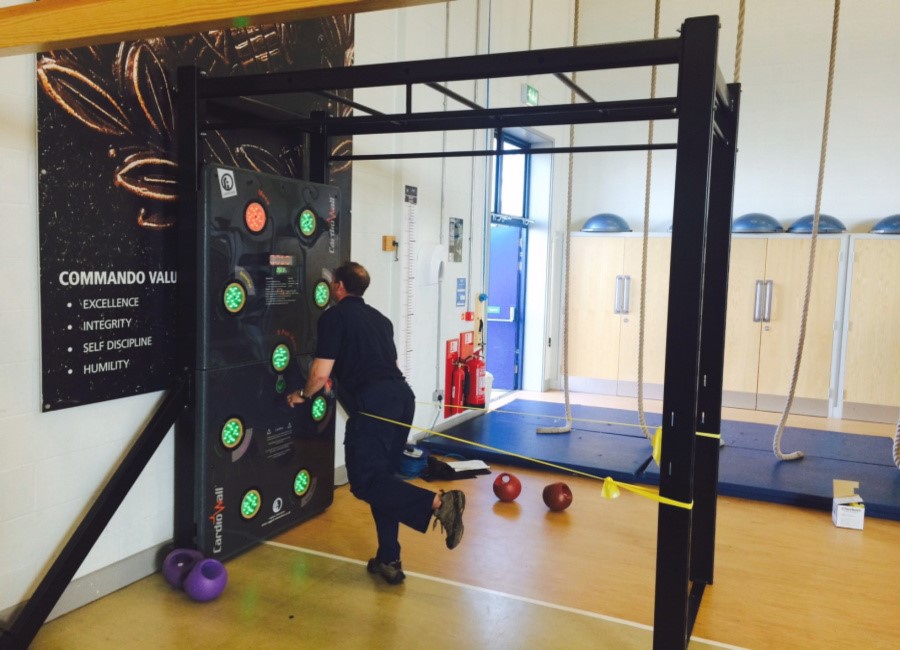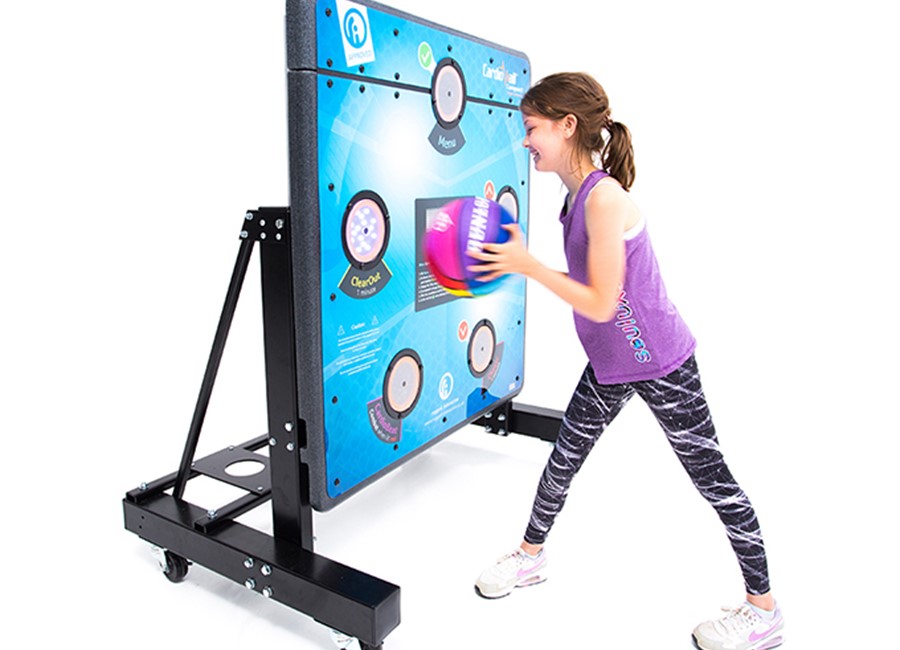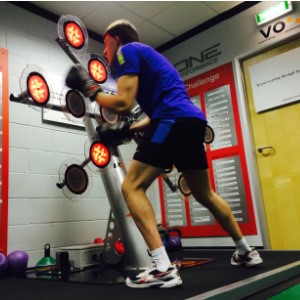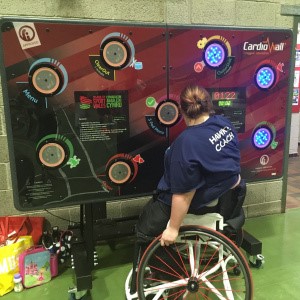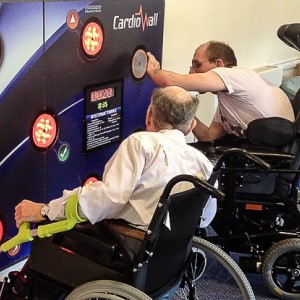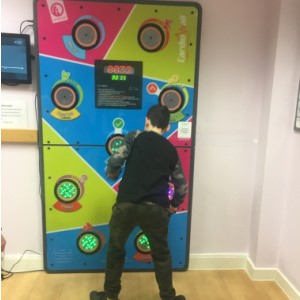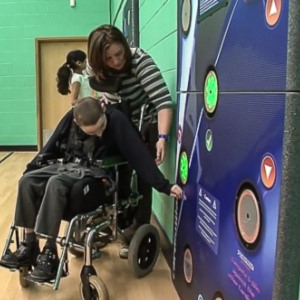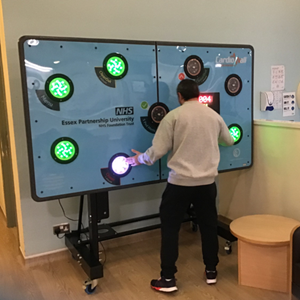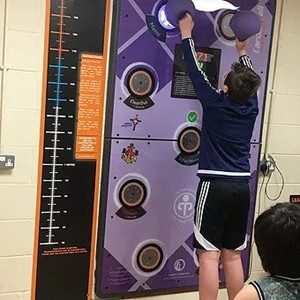-
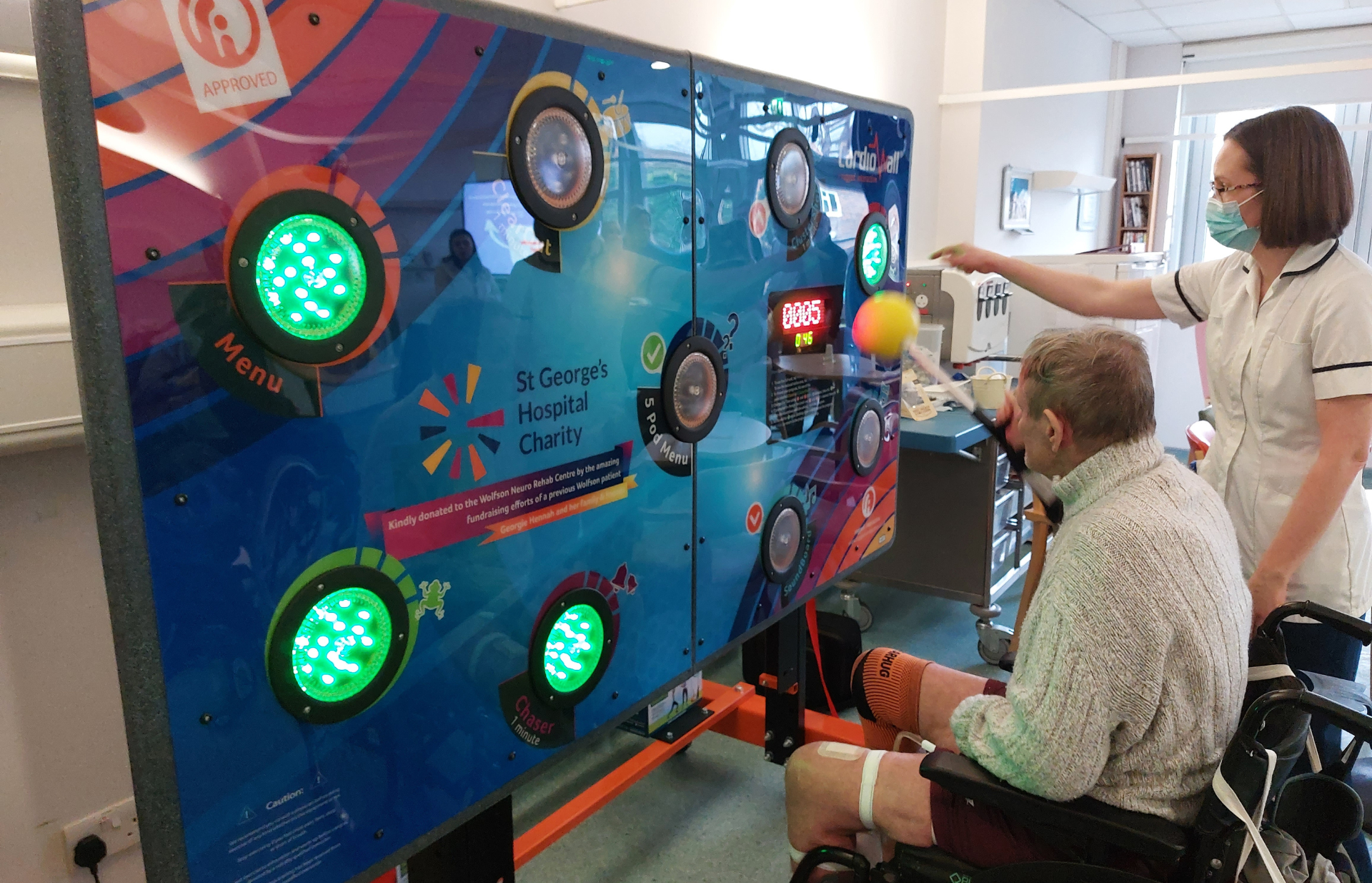 Keeping healthy & making rehabilitation from illness, operation or injury fun and diverseRehab & Wellness
Keeping healthy & making rehabilitation from illness, operation or injury fun and diverseRehab & Wellness -
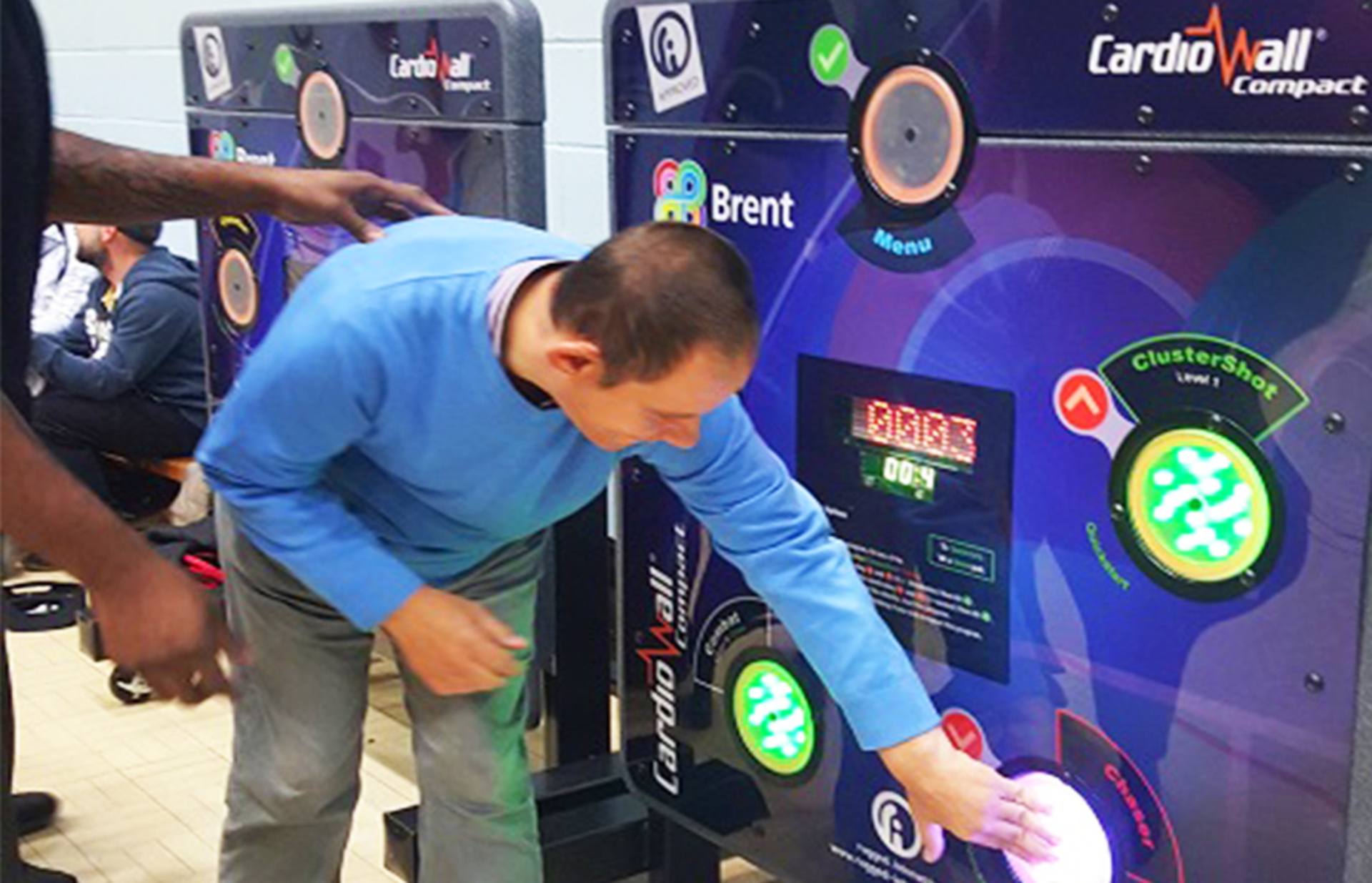 Keeping healthy & making rehabilitation from illness, operation or injury fun and diverseRehab & Wellness
Keeping healthy & making rehabilitation from illness, operation or injury fun and diverseRehab & Wellness -
 Keeping healthy & making rehabilitation from illness, operation or injury fun and diverseRehab & Wellness
Keeping healthy & making rehabilitation from illness, operation or injury fun and diverseRehab & Wellness
-
 Keeping healthy & making rehabilitation from illness, operation or injury fun and diverse mobileRehab & Wellness}
Keeping healthy & making rehabilitation from illness, operation or injury fun and diverse mobileRehab & Wellness} -
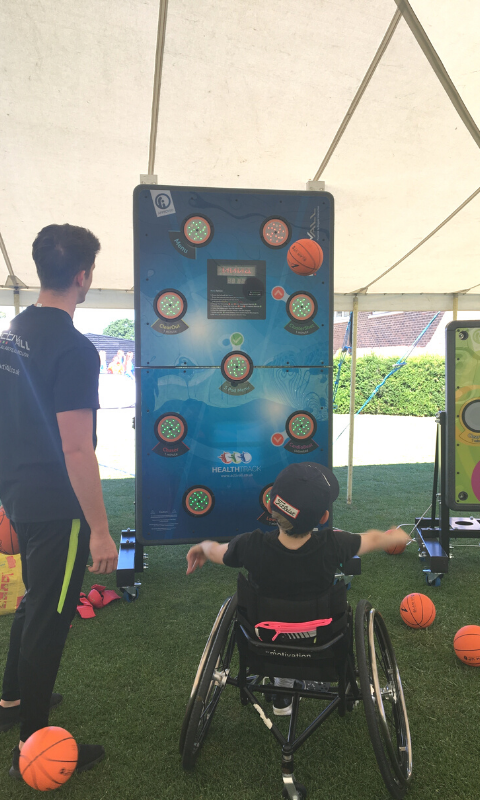 Keeping healthy & making rehabilitation from illness, operation or injury fun and diverse mobileRehab & Wellness}
Keeping healthy & making rehabilitation from illness, operation or injury fun and diverse mobileRehab & Wellness} -
 Keeping healthy & making rehabilitation from illness, operation or injury fun and diverse mobileRehab & Wellness}
Keeping healthy & making rehabilitation from illness, operation or injury fun and diverse mobileRehab & Wellness}
